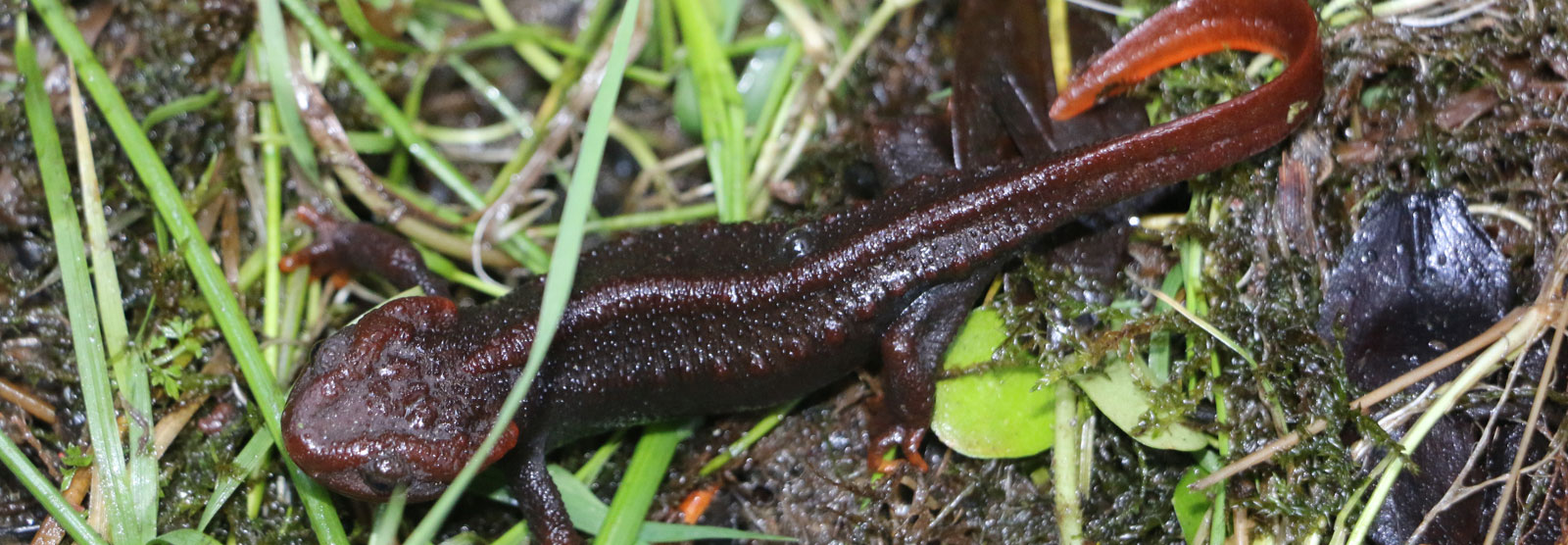

Salamanders or Himalayan Newt are a group of amphibians typically characterized by a lizard-like appearance. They are the sole representative of the order Caudata among the amphibian fauna of the Indian sub-continent. This species has a very narrow distribution range. It is one of the rarest and oldest amphibian creatures found in the hills of Darjeeling, recorded from West Bengal, Sikkim, Arunachal Pradesh, and Manipur. Elsewhere found in Nepal, Myanmar, Thailand, and Western China. Within India, it is found only in the Darjeeling district.
The Himalayan Salamander (Tylototriton verrucusos) is classified as Least concern by the IUCN and is considered an endangered species in its habitat in Darjeeling hills. Locally, the H.salamander is known as “Paani Chepara” (water lizard) or “Paani kukur” (Water dog). The H. Salamander is a semi-aquatic amphibian found in the hilly lakes and water bodies at an altitude of 1200 m-2550m. Large-scale destruction of their habitat and alterations to the natural environment brings about a rapid disappearance of the Himalayan wetlands, which are the major habitat of Tylototriton sp., and have possibly already led to a sharp decline in the population sizes of this group.
HISTORY
PNHZ Park has been breeding salamanders since the commencement of the project in 2000 when the State Wildlife Advisory Board, West Bengal, recommended developing water areas for conservation into congenial surroundings for the breeding of salamanders. Initially, the ponds within the park were developed for the purpose,and salamanders from Maneybhanjyang were released in the pond in 2001.
As there was no initial success in the ponds, the PNHZP constructed a glass terrarium of the size 10m X 4 m with a pebbled floor in 2003-2004. In 2006 after changes to the terrarium design, six (6) tadpoles were recorded in the enclosures. Since then, the species has been breeding well.
At the International Conference of India’s conservation breeding initiative in New Delhi held in 2008, recommendations were made for a Conservation Breeding Program with PNHZ Parkas the coordinating zoo and the Himalayan zoological park, Sikkim and Manipur Zoo as participating zoos.
Currently, the park houses 50(6:7:37) Himalayan Newts.